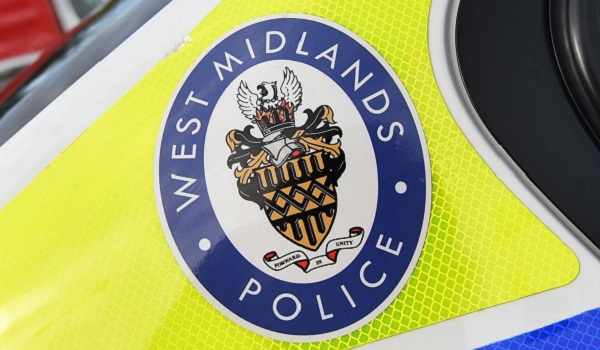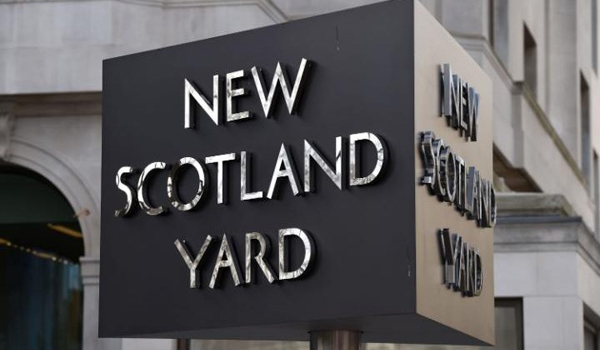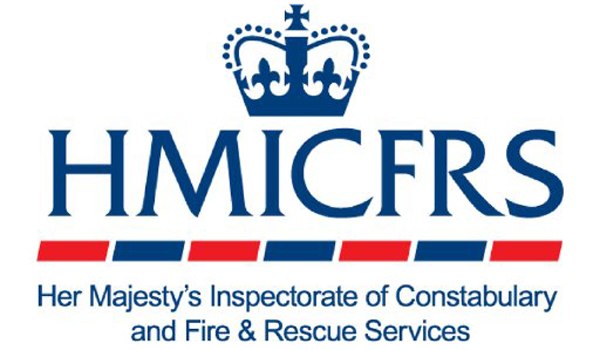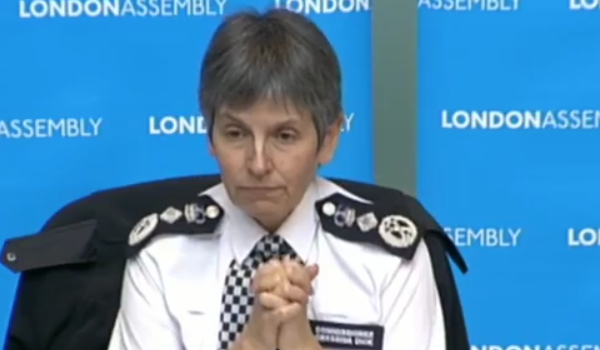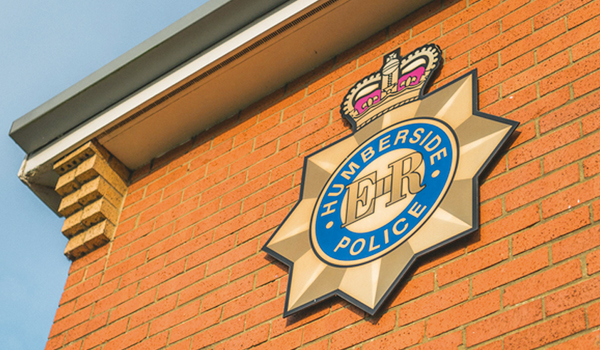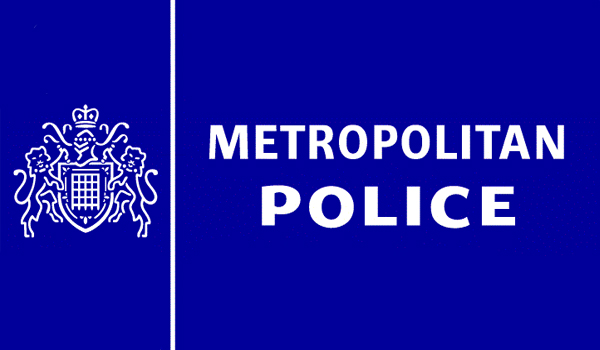West Midlands Police 'disproportionately more likely' to use force against black people
Black people in the West Midlands are disproportionately more likely to be subject to use of force, such as being restrained, Tasered or taken to the ground, analysis of force data has revealed.
A black person is also almost four times more likely to be stopped and searched by police in the West Midlands than a white person, new data has shown. An Asian person is two and a half times as likely to be stopped.
The West Midlands police and crime commissioner (PCC) David Jamieson said the force-wide findings were “unsatisfactory”. “It is not acceptable and needs to change,” he added.
Concerns about racism have triggered demonstrations around the world, including the UK, following the death of George Floyd in the US after his restraint by police officers.
In wider comments, Chief Constable David Thompson apologised to the black community for historic wrongs by the force.
He added: “It’s not just about the past, I recognise we are not a service free from bias, discrimination or, on occasions, even racism. We reflect this imperfect society.”
The force data showed analysis of 11,064 stop and searches between January 1 and May 31 this year, and were presented to the PCC’s monthly strategic policing and crime board on Tuesday (June 15).
Of those searches, just over a quarter (26.9 per cent) resulted in an arrest, a knife seizure, or other “positive outcome”.
The use of force statistics were based on 5,007 incidents in the same time period.
More than 50 per cent were classed as lower-level use like hand-cuffing “non-compliant” people, to higher level, including use of Pava incapacitant spray (four per cent), firearms either aimed or fired (three per cent), Taser deployment (two per cent), spit guard (two per cent) and baton use (one per cent).
Analysis found use of force against black people was disproportionate (19 per cent of incidents) when looked at against 2011 census data make-up (six per cent).
The report concluded: “The data shows use of force is disproportionate on the black community rather than the wider BAME (black, Asian and minority ethnic) community. The force cannot satisfactorily account for this and this warrants further assessment.”
The report also found a black person was 6.7 times more likely to be stopped and searched under section 60 rules – where an area has been defined for searches. In recent months, such orders have been imposed following spikes in knife, gun and violent crime.
Mr Thompson added the powers were necessarily more widely used in higher-crime areas, which also had a more diverse population. He said: “We are trying to police an unequal society, fairly. The consequential issue can be that policing is more prevalent in those areas and I think some people may feel over-policed. My sense is we’re minimal on the use of these powers, we’ve got control of them, we do have a level of scrutiny, we do have use of bodycam.”
However, data showed despite the force mandating use of body-worn video in all use of force incidents, stop and search, domestic incidents and mental health unit calls, the review found this was not the case.
The report concluded officers’ cameras were used in just over three quarters (77 per cent) of documented use of force incidents, and about two-thirds (65.7 per cent) of stop and searches.
Mr Thompson said: “It will never be 100 per cent because there will be occasions when there are extenuating circumstances. Stop-search I am more concerned about. This enables us to shine a light in some teams now, to say ‘you just don’t seem to turn your body-cam on when you do a search?’
“I think that is poor practice evidentially, let alone poor practice in terms of future relations and trust, so we definitely need to do more work in that area.”
Only last week, the force pledged to recruit more than 1,000 officers from BAME) backgrounds in the next three years.
The force currently counts 10.9 per cent of its officers from BAME communities.
The data also showed more young people aged 18 to 34 were stopped (63 per cent) and the vast majority were males (87 per cent).
The figures for those two categories on use of force were similar.


